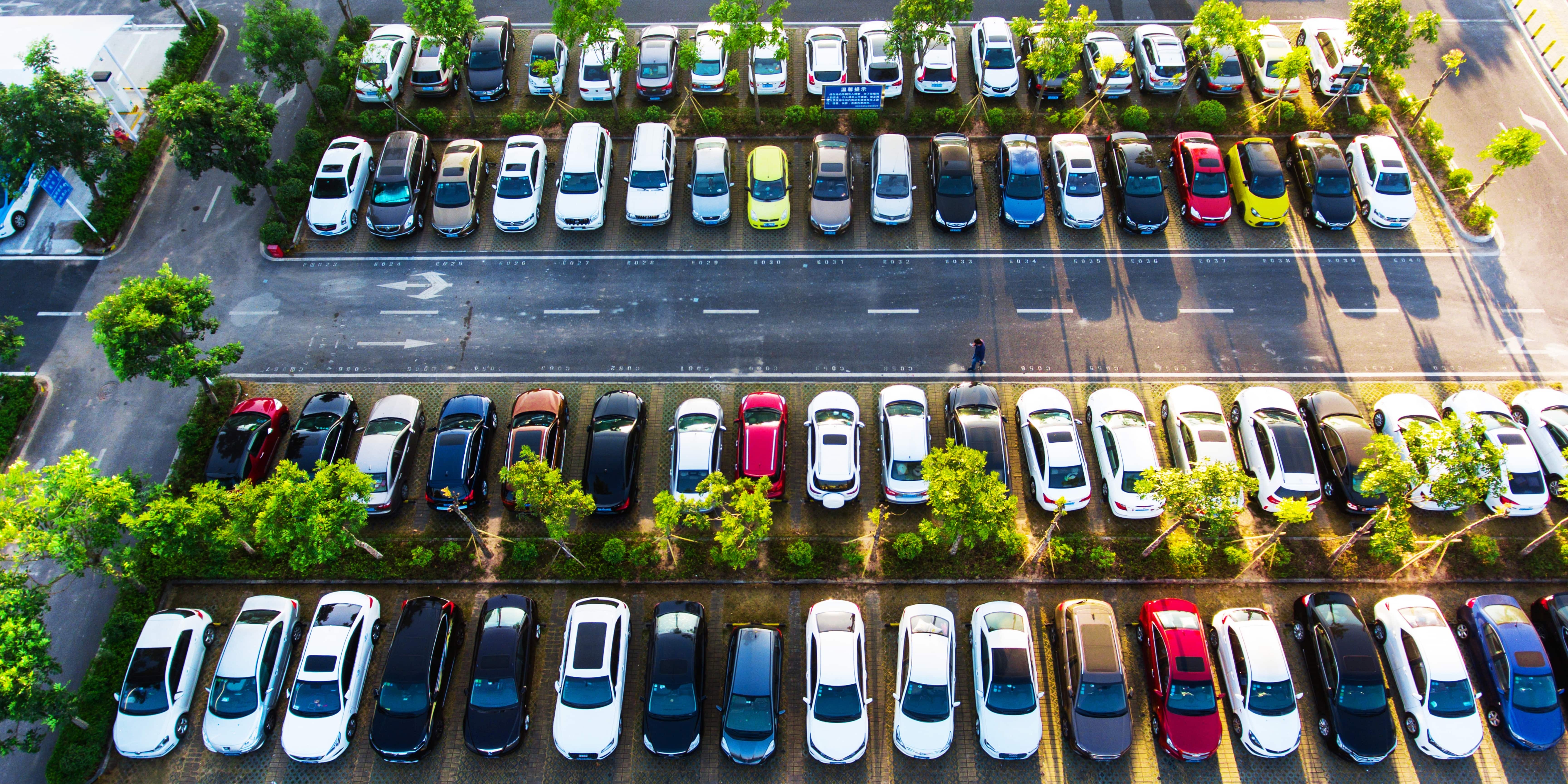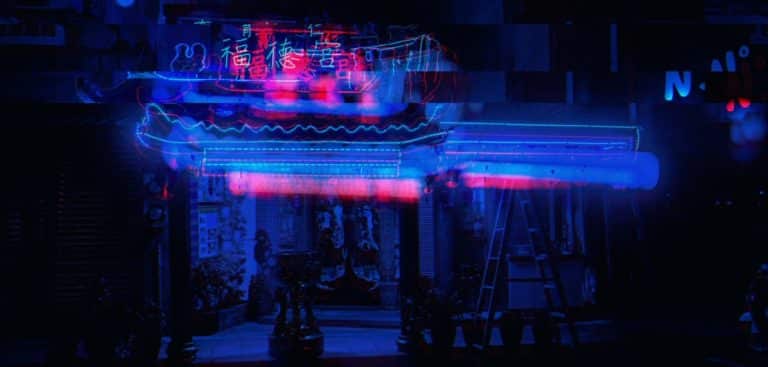Event parking is likely something that doesn’t take initial priority during your event planning, however, parking management is one of the most critical parts of your event, especially to your event attendees.
We all know that figuring out parking at events is a challenge. From designating parking spaces, managing traffic flow, to sometimes renting out sections of public parking lots, the challenges are endless.
There are so many cars compacted in the same area with the same goal and destination in mind. Parking spaces are subject to the venue or location you choose, and many times, on site parking may not be available for your event attendees.
A hassle free parking experience should consider all possible pain points, from those of attendees to those of pedestrians. How much space you ultimately have to work with will dictate how successful parking management is at your event, and will certainly set the standard for future events.
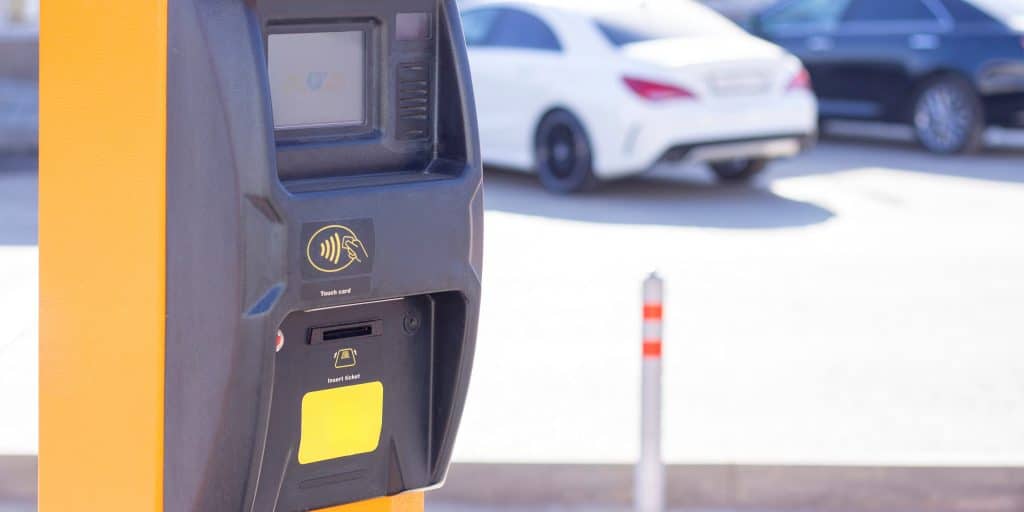
Even though event parking may not be at the top of your to-do list, it is still a must that concerns your eventgoers.
For your attendees, the event begins with first finding parking. Finding parking at events is notoriously difficult to find with all the chaos going around. As event organizers, taking the time to plan a smooth and seamless parking experience for your attendees is crucial. Parking areas at your event should be accessible spaces that offer several parking options as per the entry points at your event.
All it takes is careful planning and strategizing to create a well-designed parking guideline for your events. Outlined below are five essential steps you have to implement in your event parking plan.
1. Strategize parking around your event venue
Always think about your venue. Think about the size, the surrounding layout and blueprint, streets, and establishments. Get to know these things well because in order to draw up a good parking map, you need to know the ins and outs of the physical venue itself. Imagine how your eventgoers are entering the venue. What streets are taking? What directions are taking to enter the venue space? What could potentially cause confusion?
You have to ask yourself these questions and get into the way how your eventgoers will think to develop a better event parking plan. Additionally, take into account the number of people attending, the size of event parking, the parking structure (if existing), and the general layout of the venue space. All these things matter in how you will end up planning a smooth parking experience for your eventgoers.
2. Create accessible routes and assistance for attendees who need it
There will be a diverse group of people attending your event so take them into account. You want to create accessible routes and assistance for the attendee who need it. This demonstrates to your eventgoers that you’re thinking about their well-being and want all people from various backgrounds to enjoy your event. If needed, confer with an expert and take their advice to form better and more accessible routes for the attendees that need it. This could vary from access to elevators, closer parking spaces, and ramps at strategic locations. Always be considerate of the people attending so they are able to enjoy the event.
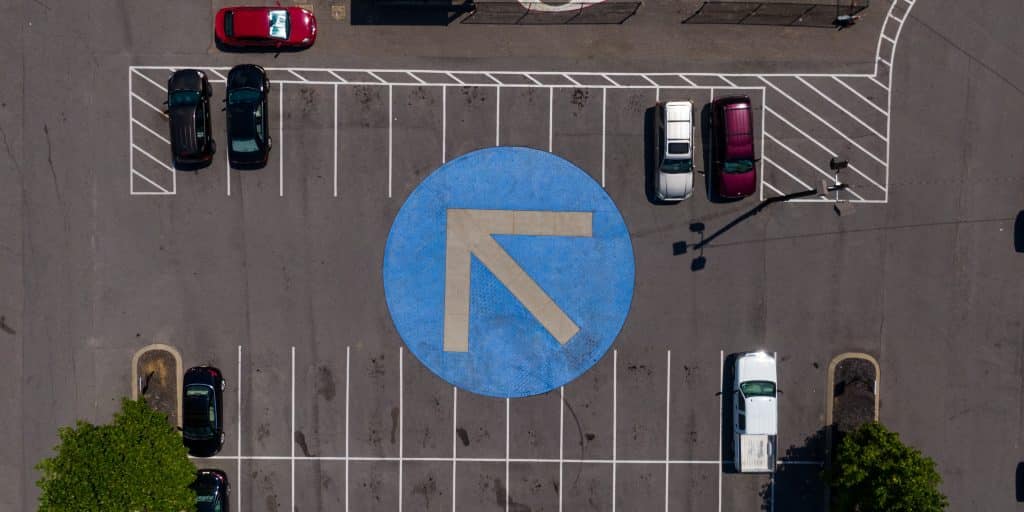
3. Form a parking and security team
Building teams that are responsible for a specific aspect of your event planning is always smart because they are able to focus their energy on producing the best results. You might consider forming a parking and security team to help your eventgoers find their way around the designated parking area. They’ll be in charge of guiding cars to their destination, providing immediate assistance in the case of an accident, and clarifying any confusion and questions that may come up. Forming a parking and security team reduces the frustration that seems intrinsic to event parking. Your eventgoers will be happier and less confused with parking and arrive at the venue pumped up for the main event.
4. Design a parking map and outline ancillary information your attendees need to know
Creating a map for event parking also allows you, your team, and eventgoers to be prepared for the day of the event. After taking the time to familiarize yourselves with the location space, design a map for event parking with your team. Map out multiple entrances, parking spaces, and no-entry zones. Be meticulous about your map and just simulate what you think will happen when your eventgoers are looking for parking. Additionally, add ancillary information that you think your attendees might need to be aware of such as emergency guidelines, customer helplines, and more.
After your parking map is completed, make sure that your attendees have access to the parking map and information before the event so they can prepare for the event day. You can send it out with registration to ensure the security of your attendees.
It would actually be very nice to send out all information regarding parking – including the entrance gates, parking fee, the map, and all information in an email. Platforms like Ticket Fairy have an in-built messaging feature that allows you to address your email to the exact event audience who needs to see it, and at no extra cost.
5. Make sure you and your team are prepared for event day
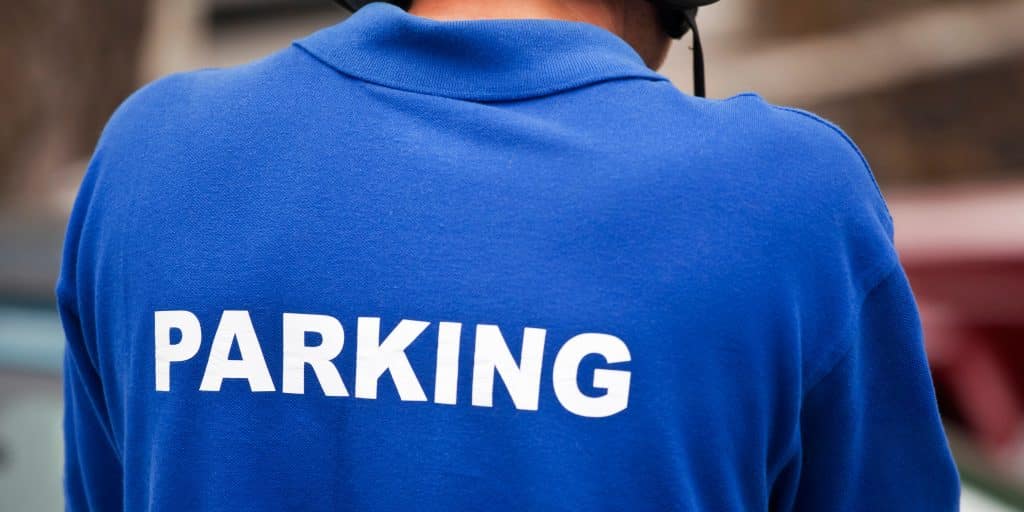
Lastly, you want to make sure that you and your team are prepared for the event day. Familiarize yourselves with the parking map, all the routes and exits, and tech wear that you might need to communicate in the case of an emergency. Be overly prepared because you want to be ready for any surprises that may occur on the day of the event.
Event parking doesn’t have to be a frustrating experience for your attendees. As mentioned, for your attendees, the event begins with parking. Think about how they will end up at your venue space and plan accordingly in order to reduce accidents and confusion. Follow these steps and you will create a better and smooth event parking experience for your attendees.
You May Also Like:
2024 Music Festival Trends: Shifting Attendance Patterns Revealed
10 Smart Ways to Cut Music Festival Costs Without Sacrificing Quality
